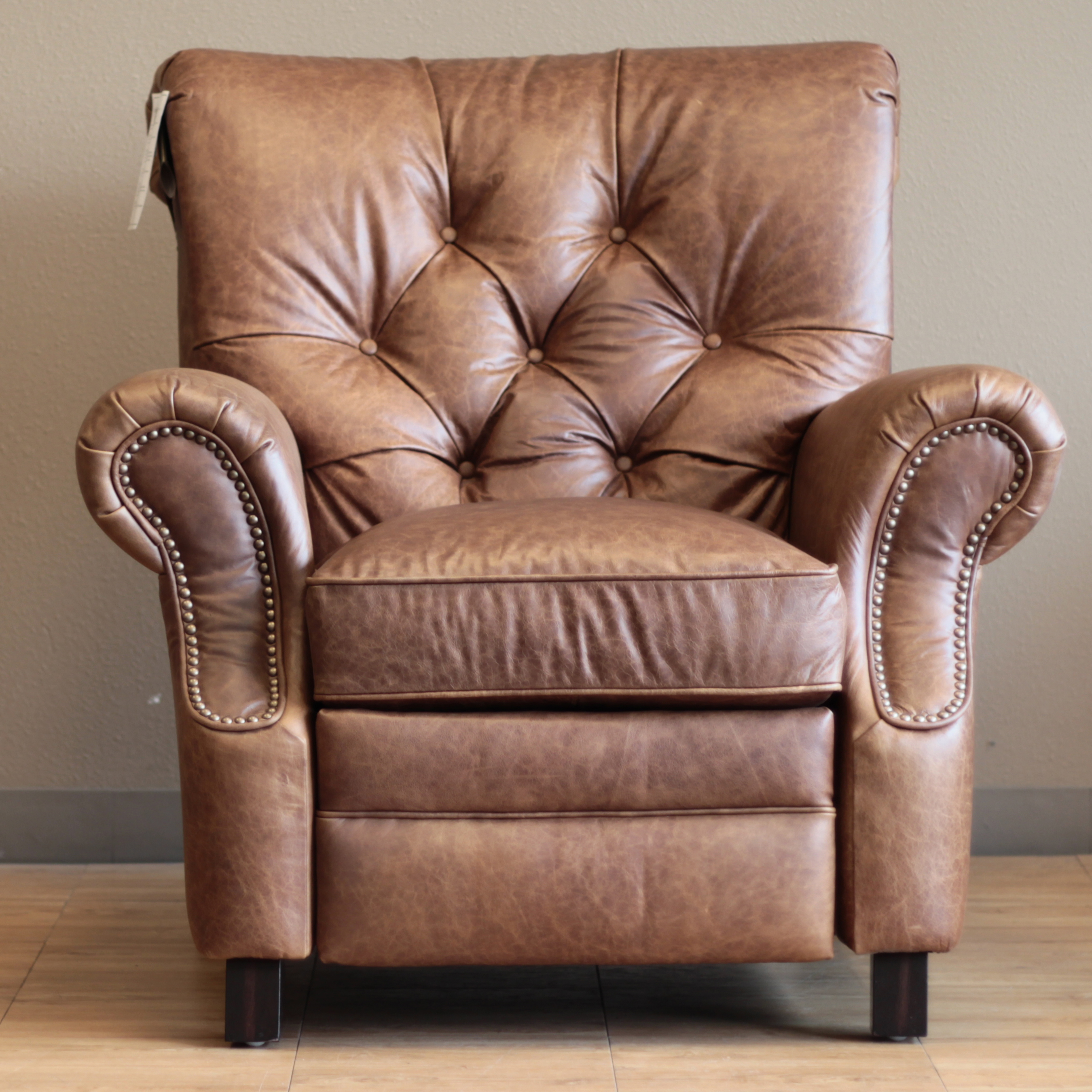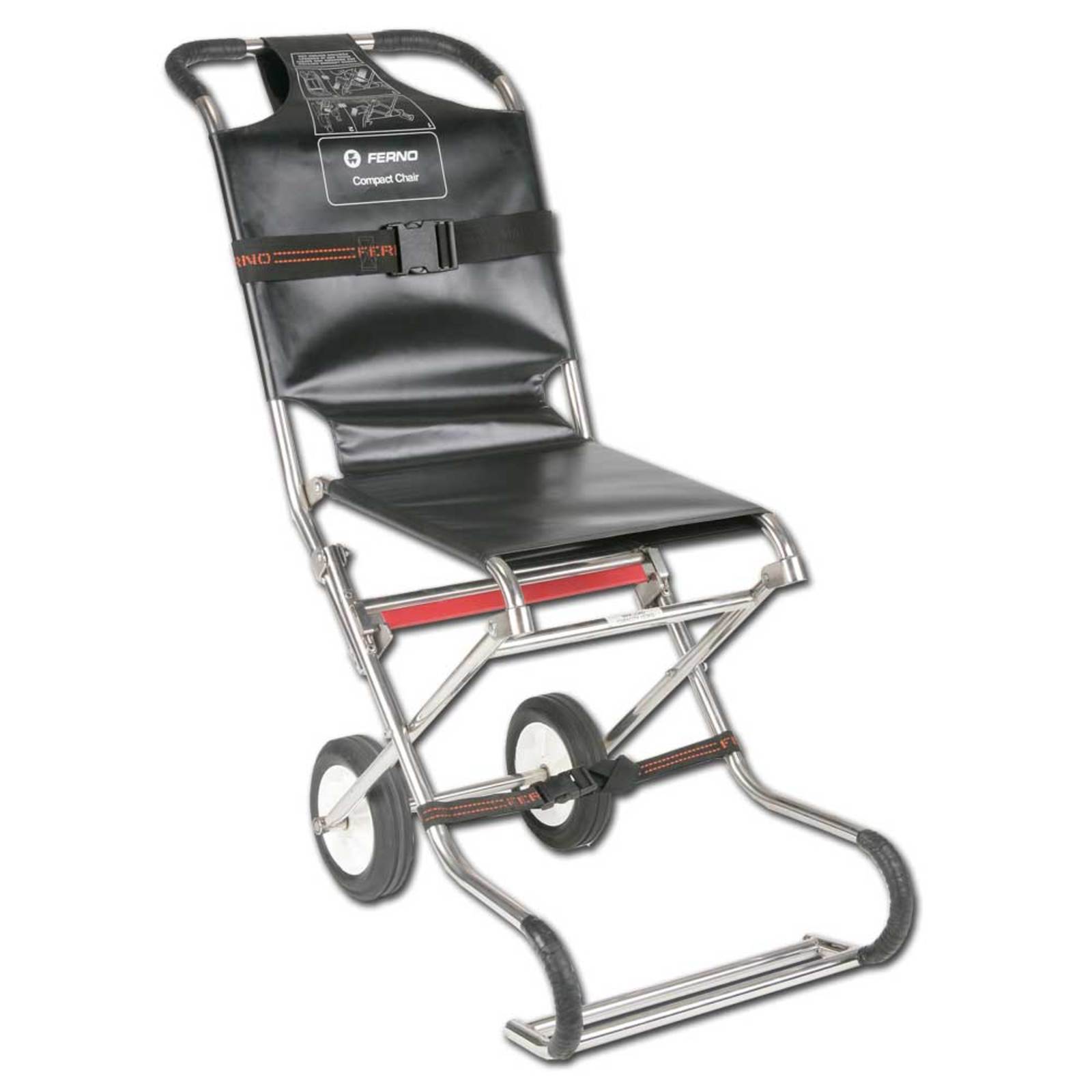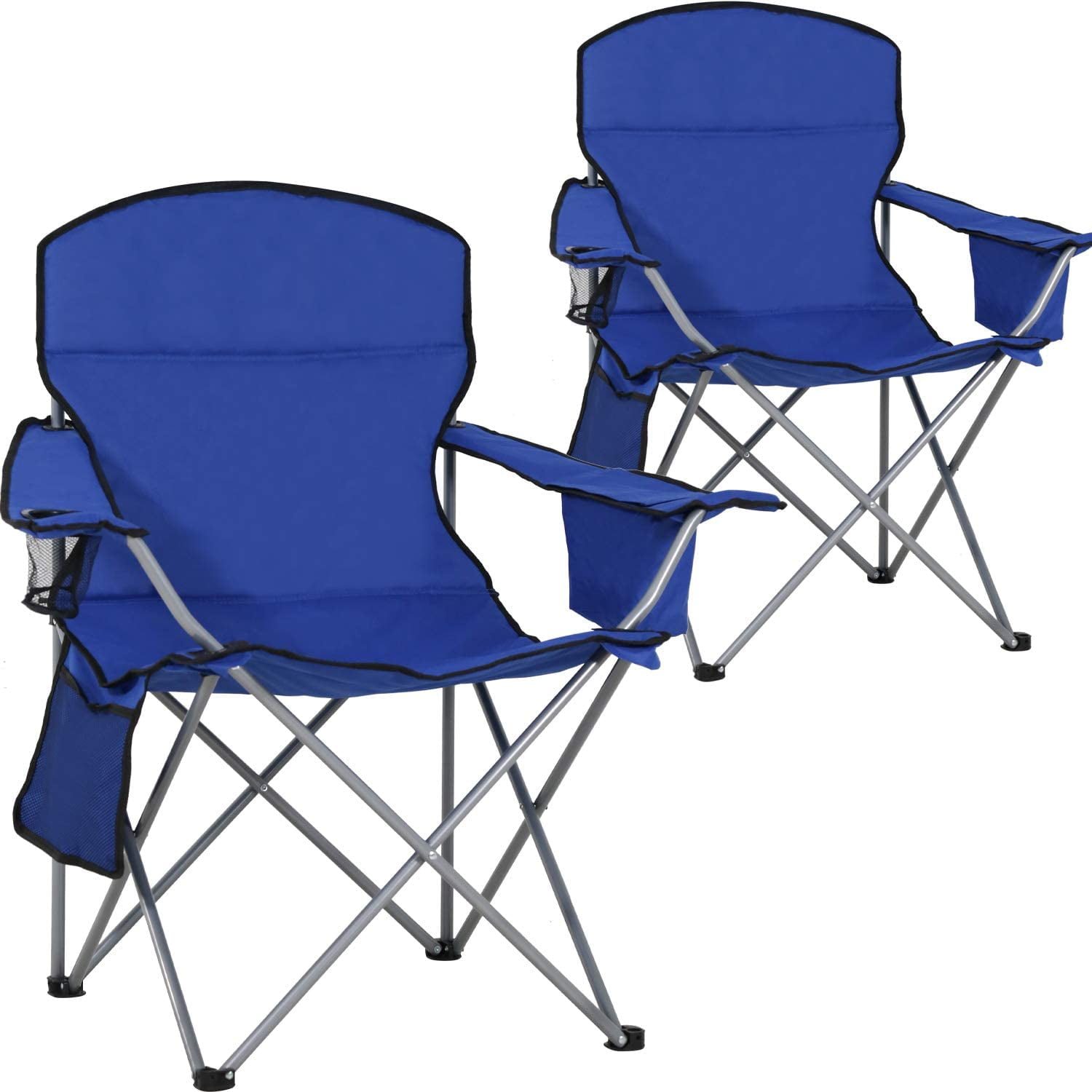The History and Origins of Four-Hands Leather Chairs: Four Hands Leather Chair

The four-hands leather chair, a timeless piece of furniture, embodies both craftsmanship and comfort. Its history is intertwined with the evolution of furniture design, reflecting changing aesthetics and technological advancements. This article delves into the fascinating story of the four-hands leather chair, exploring its origins, significant periods, and the impact of the “four-hands” technique on chair design.
The Origins of the Four-Hands Technique, Four hands leather chair
The “four-hands” technique, which refers to the collaboration of two artisans in crafting a piece of furniture, is rooted in the tradition of skilled craftsmanship. This collaborative approach was prevalent in various cultures throughout history, particularly in the context of furniture making. The term “four-hands” is derived from the notion that two pairs of hands, working together, contribute to the creation of a single piece. This technique fostered a unique synergy between the artisans, allowing them to combine their expertise and creativity.
The Evolution of Four-Hands Leather Chairs
The evolution of four-hands leather chairs can be traced back to ancient times. Early examples of leather chairs, often crafted using simple techniques, have been discovered in various civilizations.
Early Influences
The ancient Egyptians, known for their intricate craftsmanship, used leather in various forms of furniture, including chairs. These early leather chairs often featured simple designs, utilizing natural materials like wood and leather. The Egyptians were pioneers in using leather for upholstery, showcasing their mastery in working with this material.
Medieval and Renaissance Periods
During the Medieval and Renaissance periods, the use of leather in furniture became more widespread. Leather chairs, often crafted with intricate carvings and embellishments, were symbols of wealth and status. This era saw the development of elaborate chair designs, incorporating leather for both upholstery and decorative elements.
The 18th and 19th Centuries
The 18th and 19th centuries witnessed a significant shift in furniture design, with the emergence of new styles and techniques. The four-hands technique gained prominence during this period, as skilled artisans collaborated to create intricate and sophisticated leather chairs. This era also saw the rise of specialized leather-working techniques, contributing to the development of durable and aesthetically pleasing leather chairs.
The 20th Century and Beyond
In the 20th century, the four-hands leather chair continued to evolve, incorporating modern design elements and technological advancements. Designers experimented with new materials and techniques, creating innovative and functional chairs that reflected the changing tastes of the time. The four-hands technique remained a cornerstone of craftsmanship, ensuring the creation of high-quality and enduring leather chairs.
Renowned Craftsmen and Their Contributions
Throughout history, numerous craftsmen have made significant contributions to the development of four-hands leather chairs.
Thomas Chippendale
Thomas Chippendale, an 18th-century English furniture maker, is renowned for his elegant and sophisticated designs. He was a master of the four-hands technique, collaborating with skilled artisans to create exceptional leather chairs that embodied the refined taste of the Georgian era.
George Hepplewhite
George Hepplewhite, another influential English furniture maker of the 18th century, was known for his refined and graceful designs. Hepplewhite’s leather chairs, often featuring delicate carvings and intricate upholstery, reflected the elegance and sophistication of the late 18th century.
Duncan Phyfe
Duncan Phyfe, an American furniture maker of the late 18th and early 19th centuries, is celebrated for his elegant and refined designs. Phyfe’s leather chairs, often characterized by their graceful curves and intricate details, embodied the classicism and elegance of the Federal style.
Modern Craftsmen
In the contemporary era, numerous craftsmen continue to uphold the tradition of four-hands leather chair making. These artisans, often working in small workshops or studios, utilize traditional techniques and modern technologies to create exceptional leather chairs that are both functional and aesthetically pleasing.
Design and Construction Techniques

The design and construction of four-hands leather chairs are a testament to the skill and artistry of the craftspeople who create them. Every detail, from the intricate stitching to the choice of leather, contributes to the chair’s unique character and enduring quality.
Four hands leather chair – Four-hands leather chairs are renowned for their meticulous craftsmanship and enduring elegance. Their construction involves a blend of traditional techniques and modern innovation, resulting in pieces that are both aesthetically pleasing and exceptionally durable.
Stitching
The stitching on a four-hands leather chair is a defining feature, showcasing the intricate craftsmanship involved. This technique involves two craftspeople working together, each holding a needle and thread, to create a strong and decorative seam. The result is a series of precise, evenly spaced stitches that add both strength and visual appeal to the chair.
- Traditional Techniques: The “four-hands” stitching technique is a traditional method that has been passed down through generations of leatherworkers. It is a labor-intensive process that requires precision and skill, ensuring a durable and aesthetically pleasing finish.
- Modern Variations: While the traditional method is still widely practiced, some modern variations have emerged. These variations may incorporate different types of needles, threads, or stitching patterns, but they all maintain the core principle of two craftspeople working together to create a high-quality seam.
Frame Construction
The frame of a four-hands leather chair is typically constructed from hardwood, such as oak or walnut, known for its strength and durability. This provides a solid foundation for the leather upholstery and ensures that the chair can withstand years of use.
- Mortise and Tenon Joints: The frame is often assembled using mortise and tenon joints, a traditional woodworking technique that creates a strong and secure connection. This method involves cutting a hole (mortise) in one piece of wood and a corresponding projection (tenon) on another, creating a tight and durable fit.
- Gluing and Pegging: In addition to mortise and tenon joints, the frame is often glued and pegged for added strength. This ensures that the frame remains stable and prevents any movement or loosening over time.
Leather Selection and Treatment
The leather used in four-hands chairs is carefully selected for its quality, durability, and aesthetic appeal. Different types of leather are chosen depending on the desired look and feel of the chair.
- Full-Grain Leather: Full-grain leather is considered the highest quality, as it retains the natural grain of the hide. This type of leather is known for its durability, breathability, and unique character. Over time, full-grain leather develops a beautiful patina that adds to its appeal.
- Top-Grain Leather: Top-grain leather is similar to full-grain but has the top layer of the hide sanded down, creating a smoother surface. This type of leather is still durable and breathable but may not have the same distinctive character as full-grain leather.
- Aniline Leather: Aniline leather is a type of full-grain leather that has been dyed with a transparent dye, allowing the natural grain to show through. This type of leather is known for its soft feel and luxurious appearance. However, it is more susceptible to staining and scratches than other types of leather.
Four-Hands Leather Chairs in Different Cultures and Styles

The four-hands leather chair, with its distinct construction and enduring appeal, has found a place in various cultures and time periods. Its evolution has been shaped by artistic sensibilities, functional needs, and the availability of materials. Exploring the design variations across cultures provides insights into the diverse ways in which this chair has been interpreted and integrated into everyday life.
Four-Hands Leather Chairs in European Traditions
The four-hands leather chair has a long history in Europe, where it evolved from simpler forms of seating. During the Renaissance, the chair’s design became more elaborate, incorporating decorative elements like carvings, inlays, and upholstery. These chairs were often used by the wealthy and elite, reflecting their status and taste.
“The four-hands leather chair was a symbol of luxury and sophistication during the Renaissance.”
- The Windsor Chair: Originating in England during the 18th century, the Windsor chair is known for its simple yet elegant design. It features a curved back and seat, often constructed from turned wood, with a leather seat that is typically held in place by four hand-driven nails. This chair was popular among all social classes and became a symbol of English craftsmanship.
- The Chesterfield Chair: This iconic chair, named after Lord Chesterfield, emerged in the 18th century and is characterized by its deep buttoned upholstery, rolled arms, and low back. It is often crafted from high-quality leather and embodies a classic and timeless style. The Chesterfield chair became a symbol of elegance and refinement, popular in both residential and commercial settings.
Four-Hands Leather Chairs in Asian Cultures
Four-hands leather chairs have also been incorporated into Asian cultures, adapting to local aesthetics and preferences. The design often reflects the region’s traditional values and craftsmanship.
- The Ming Dynasty Chair: During the Ming Dynasty (1368-1644) in China, four-hands leather chairs were crafted with intricate designs and high-quality materials. These chairs often featured elaborate carvings, lacquer finishes, and leather upholstery. They were used by scholars, officials, and the elite, symbolizing status and sophistication.
- The Japanese Leather Chair: In Japan, four-hands leather chairs are often associated with Western influence. However, some traditional Japanese chairs incorporate leather elements, such as the “zabuton” (cushion) and “tatami” (floor mat). These chairs are designed for comfort and practicality, reflecting the Japanese emphasis on simplicity and functionality.
Four-Hands Leather Chairs in Contemporary Design
In contemporary design, four-hands leather chairs continue to evolve, blending traditional elements with modern aesthetics. Designers are experimenting with new materials, techniques, and forms, creating chairs that are both functional and artistic.
- The Eames Lounge Chair: This iconic chair, designed by Charles and Ray Eames in the 1950s, is a prime example of modern four-hands leather chair design. It features a molded plywood shell, leather upholstery, and a swivel base, offering both comfort and style.
- The Barcelona Chair: Another classic modern chair, designed by Mies van der Rohe in 1929, showcases a minimalist and elegant aesthetic. The chair features a leather-upholstered frame, supported by a steel base. It is often used in high-end settings and represents a timeless design.
Four hands leather chair? Sounds like a pretty intense crafting session! Maybe you’re thinking of a more relaxed vibe, like sinking into an oversized leather chair with ottoman. That’s where you can really spread out, put your feet up, and maybe even get a nap in.
But if you’re still into the four hands leather chair idea, I’m sure you’ll find some awesome designs out there!
You know, that four-hands leather chair you’ve been eyeing? It’s definitely a statement piece, but maybe a little too fancy for the backyard BBQ. For something a bit more casual, you might want to check out the ikea outdoor rope chair – it’s comfy, stylish, and won’t make you feel like you’re sitting on a throne of royalty.
Then again, if you’re going for the “king of the grill” vibe, maybe that leather chair isn’t such a bad idea after all.